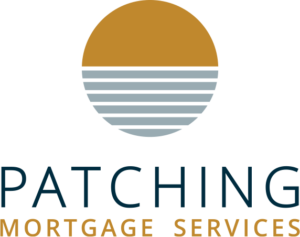Many sell their current property in order to purchase something new. Reasons may include; need more space, moving locations, etc. Most of the time the sellers will use the money earned from the sale of their property to put towards their new home. But what happens if the sale of your current property falls after the completion of the property you are purchasing? Let’s take a look at an email I recently received from a client.
“We are looking for a new place. We had planned to use the equity in our current home as the down payment. But if we can’t access the equity until the closing date, what happens in the interim? Do we have to rent? When we bought this place, it was our first home purchase, so moving is new to us. How are we supposed to start looking for a place after subject removal when we can’t access the equity to make a down payment.”
This scenario happens much more often than one would think, and here’s what we do. In order for sellers to access the equity they will receive from selling their current home, and become buyers, they are required to use what is called a bridge loan to transition into their new home. A bridge loan will allow you to purchase a new property prior to the sale completing on the existing or current residence.
Most Banks/Lenders have a 45 – 60-day window to exercise this option, with a range of daily rates and administration fees. The four main components to a mortgage application are as follows:
- Income
- The Subject Property
- Credit worthiness
- Down Payment
If first three have been approved, how does one come up with a down payment? That’s where the Bridge Loan comes into play. The borrower will be required to provide the fully executed purchase and sale contract, subject removal addendum, and the current mortgage statement for their existing property. This confirms you have sold the property on X date, and it confirms the sale price less the potential real estate commission fees and closing costs. Once the current mortgage amount is subtracted from the sale price and Realtor fees, the net proceeds are yielded, leaving the buyer with your down payment amount.
Let me provide you with a timeline and fees associated to show how a Bridge Loan scenario is utilized:
Current home sold, completing January 14, 2017 $800,000
Current outstanding balance $600,000
Equity remaining $200,000
The new home you are purchasing completes on December 31, 2016
First off, the lender has approved your down-payment amount. The proceeds are still secured against the existing home, and we must provide confirmation that the funds are available. We determined there was $200,000 based on the sales contract, subject removal addendum and the current mortgage statement.
The second part to the Bridge Loan is how much will it cost to borrow the $200,000 (down payment for new property). Keep in mind that the funds are still tied up in the existing property.
The cost to borrow the $200,000 is usually around is Prime + 2%, plus an administration fee of $250-$300 depending on which Bank or lender you receive funding from.
Here’s the Math:
$200,000 x 4.70% / 365 (days) = $25.76/day to borrow $200,000
There is a 14-day completion difference, and the total cost to utilize a bridge loan is $360.64 (in interest) + $250 (admin fee) = $610.64.
If you think about it, this option is a very inexpensive, and easy way to access the equity built up in your current home. Keep in mind, lenders are in the business of making money, and this is simply the cost of doing business.
Be sure to surround yourself with industry professionals to make sure nothing is overlooked or miscalculated.
All the best,
-D

